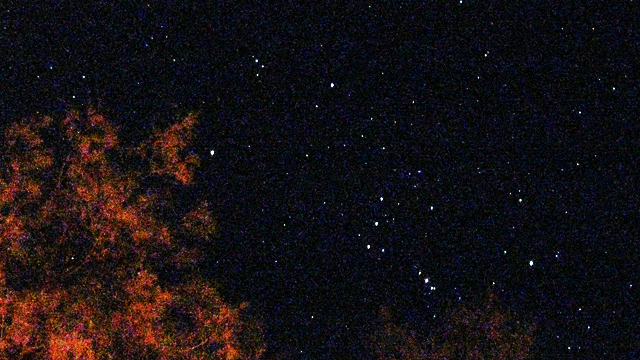
I want to take a moment, again, to contemplate the vastness of the Universe…and expect an epic fail….
What brings this on? Well, the skies of Death Valley, actually, which I just returned from (Death Valley, not its skies!) over the holiday break. My daughter and I went down there, mainly to crawl around the sand dunes and canyons, visit sites of the Gold Rush pioneers who gave the valley its [English] name, and get another good, up-close look at the raw Earth….
…but, as always, at night, when the campfire sparks warmly, I end up looking to the stars, which are extraordinarily bright in the dark desert skies. And I just get to thinking…again….
My touchstone on the vastness of the Universe is the knowledge that all the stars we can see in the night sky, with our unaided eyes, are quite starkly the closest things to us in the Universe—and even from those objects, light, traveling at 186,300 miles per second, takes years, decades, even centuries just to reach us. These "local neighborhood" stars are all within our Milky Way galaxy, and all among the very closest of them.
So, the stars of the night sky are a sort of "front drop"—like a big sheet of paper with stars printed on it, held before us--and the stars and galaxies of the rest of the Universe, beyond this "front drop," are too far away for our eyes to perceive their light (without the help of a telescope).
